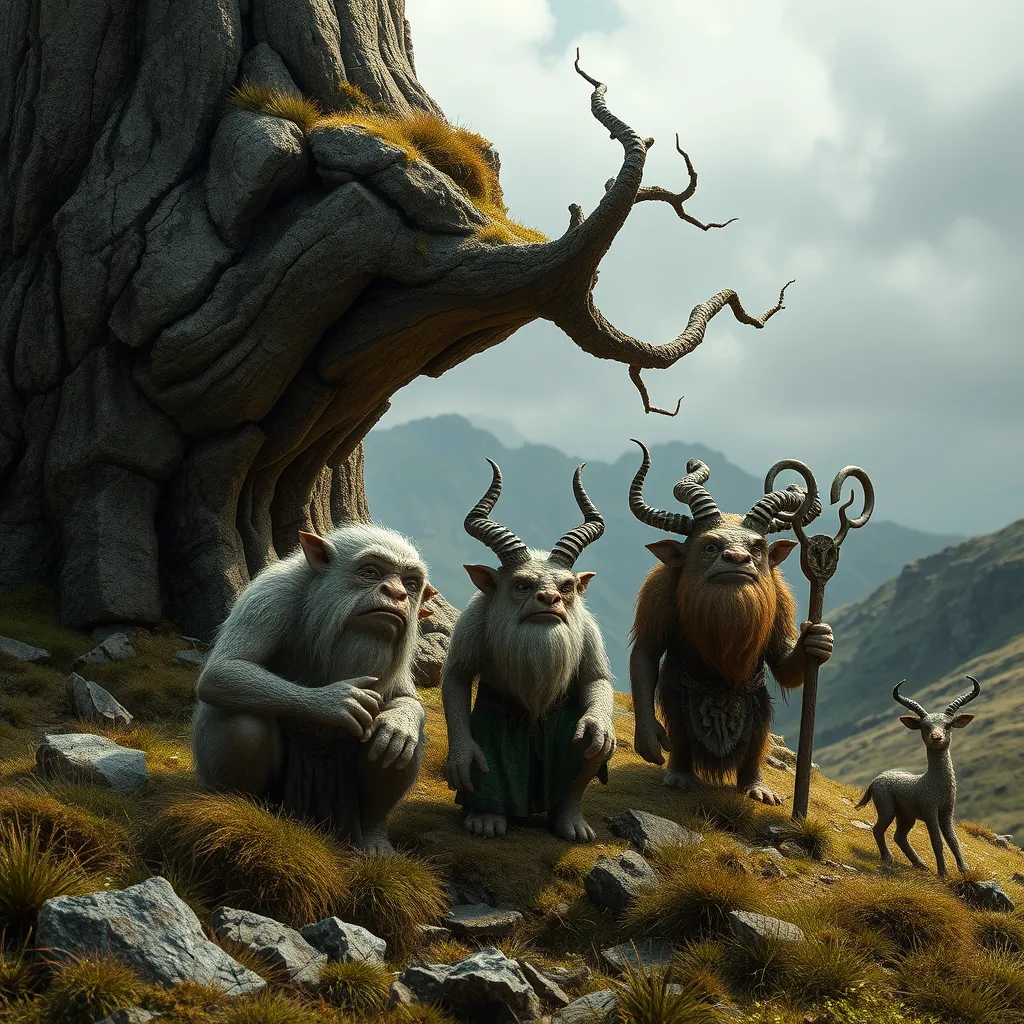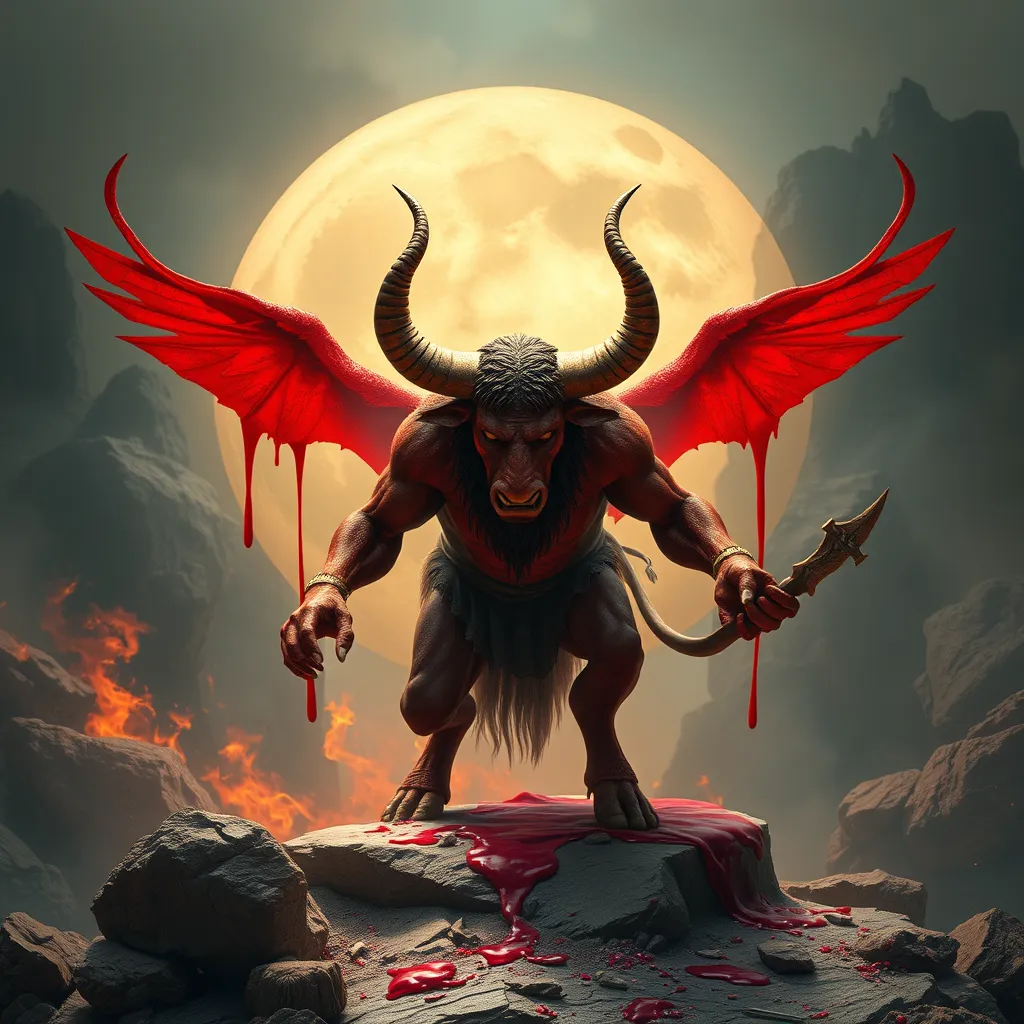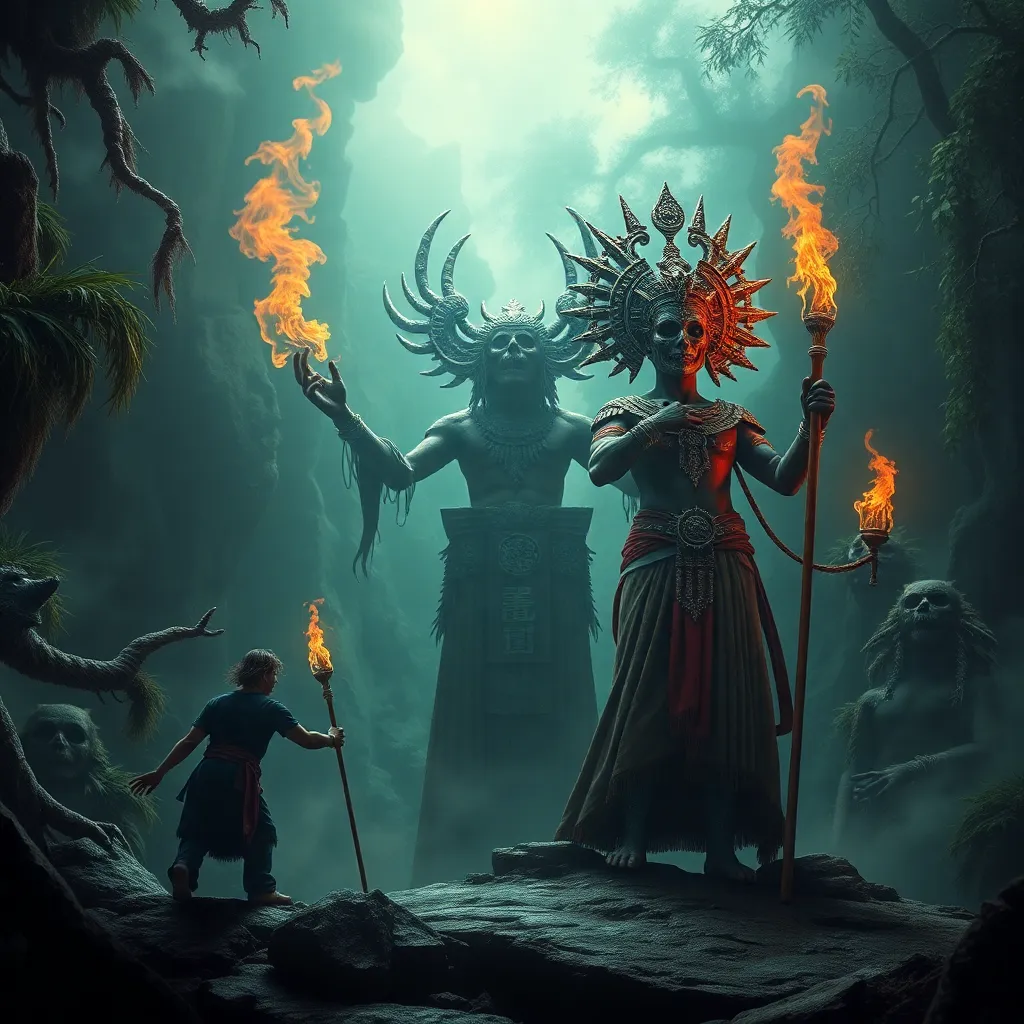The Brownies of the Highlands: Domestic Trolls and the Folk of the Earth
I. Introduction
In the rich tapestry of Scottish folklore, Brownies hold a special place as domestic spirits that embody the essence of household harmony and labor. These small, elusive creatures are said to inhabit homes and farms, providing help to those who treat them with respect. Their cultural significance in Highland communities is profound, often reflecting the values of cooperation, gratitude, and the acknowledgment of the unseen forces that influence daily life.
This article aims to explore the fascinating world of Brownies, delving into their historical origins, characteristics, roles in domestic life, comparisons with other folk creatures, modern interpretations, and their lasting cultural legacy.
II. Historical Origins of Brownies
A. The etymology of the term ‘Brownie’
The term ‘Brownie’ is believed to derive from the Middle English word ‘brouni,’ which means ‘brown’ and is associated with the creature’s typical appearance. The name reflects not only their color but also their humble, earthy origins.
B. Connections to ancient Celtic beliefs and earth spirits
Brownies are thought to have connections with ancient Celtic beliefs surrounding earth spirits and nature deities. These beings were often seen as guardians of the land, and their benevolence was crucial for agricultural success and household prosperity.
C. Evolution of the Brownie mythos through the ages
As Scottish society evolved, so too did the stories surrounding Brownies. From ancient agricultural spirits to household helpers, the Brownie mythos adapted to reflect changing cultural values and the growing significance of domestic life in Highland communities.
III. Characteristics and Appearance of Brownies
A. Physical descriptions and variations in portrayal
Brownies are typically described as small, humanoid figures, often no taller than a child. Their physical appearance can vary significantly, but they are usually depicted with:
- Brown or earthy-colored skin
- Long hair, often tangled or unkempt
- Bright, twinkling eyes
B. Typical clothing and accessories associated with Brownies
Traditionally, Brownies are said to wear simple, rustic clothing made from natural materials. Common elements of their attire include:
- Homespun tunics
- Aprons or sashes made from cloth
- Hats, often pointed or floppy
C. Behavioral traits and personality attributes
Brownies are generally characterized by their industrious nature and kind disposition. They are known for:
- Being shy and reclusive, often avoiding human contact
- Having a strong sense of loyalty to the households they inhabit
- Displaying a mischievous side, especially when their help is taken for granted
IV. Brownies in Domestic Life
A. Roles and responsibilities within households
In Highland homes, Brownies take on various roles, primarily as helpers in daily chores. They are believed to assist with:
- Cleaning and tidying
- Cooking and baking
- Looking after livestock
B. The concept of household protection and assistance
Beyond mere labor, Brownies are seen as protectors of the household. They help safeguard families from misfortune and negative energies, ensuring a harmonious living environment.
C. Rituals and offerings to appease Brownies
To maintain a positive relationship with Brownies, families often engage in rituals and make offerings. Common practices include:
- Leaving out bowls of cream or milk
- Offering small baked goods, particularly on special occasions
- Maintaining a clean and welcoming home environment
V. Brownies vs. Other Highland Folk Creatures
A. Comparison with other domestic spirits (e.g., Faeries, Gnomes)
While Brownies share similarities with other domestic spirits such as Faeries and Gnomes, they are distinct in their nature. Brownies are primarily benevolent and focused on domestic assistance, while Faeries can be more capricious and Gnomes often represent earth and nature more broadly.
B. Distinctions between Brownies and malevolent beings
Unlike malevolent beings like the Banshee or the Kelpie, Brownies are inherently friendly, only turning mischievous if disrespected or neglected. They embody the values of community and cooperation, contrasting sharply with beings that bring fear and misfortune.
C. The significance of Brownies within the broader folklore context
Brownies play a critical role in the folklore of the Highlands, representing the interconnectedness of nature and domestic life. Their stories emphasize the importance of respecting the unseen forces that reside within our homes and communities.
VI. Modern Interpretations and Adaptations of Brownies
A. Representation in literature, art, and popular culture
In contemporary settings, Brownies have found representation in various forms of media, including literature, film, and art. They often appear as whimsical characters in children’s stories, emphasizing their friendly and helpful nature.
B. Influence on contemporary fantasy genres
The portrayal of Brownies has influenced modern fantasy genres, inspiring characters in novels and movies that reflect their playful yet industrious traits, often serving as guides or helpers to protagonists.
C. The role of Brownies in modern Highland identity
For many in the Highlands, Brownies remain a symbol of cultural heritage, reflecting the values of community, respect for nature, and the importance of folklore in shaping identity.
VII. The Cultural Legacy of Brownies
A. Preservation of Brownie lore in Highland traditions
Efforts to preserve Brownie lore are evident in various Highland traditions, with storytelling and festivals celebrating these creatures. Local narratives and customs help keep their legacy alive.
B. Impact on tourism and cultural heritage in the Highlands
Brownies attract tourists interested in folklore and heritage, contributing to the economy and encouraging communities to embrace and celebrate their cultural stories.
C. Educational initiatives to keep the folklore alive
Schools and cultural organizations are increasingly implementing educational programs aimed at teaching children about Highland folklore, including the significance of Brownies, ensuring that these stories continue to be passed down through generations.
VIII. Conclusion
In summary, Brownies are an integral part of Scottish folklore, embodying the spirit of domesticity and community within Highland culture. Their historical origins, characteristics, and roles in households reveal much about the values of respect, cooperation, and gratitude.
Even in contemporary society, the legacy of Brownies continues to resonate, reminding us of the importance of folklore in shaping our cultural identities. As we celebrate our stories and traditions, we honor the enduring presence of these charming domestic spirits in our lives.



